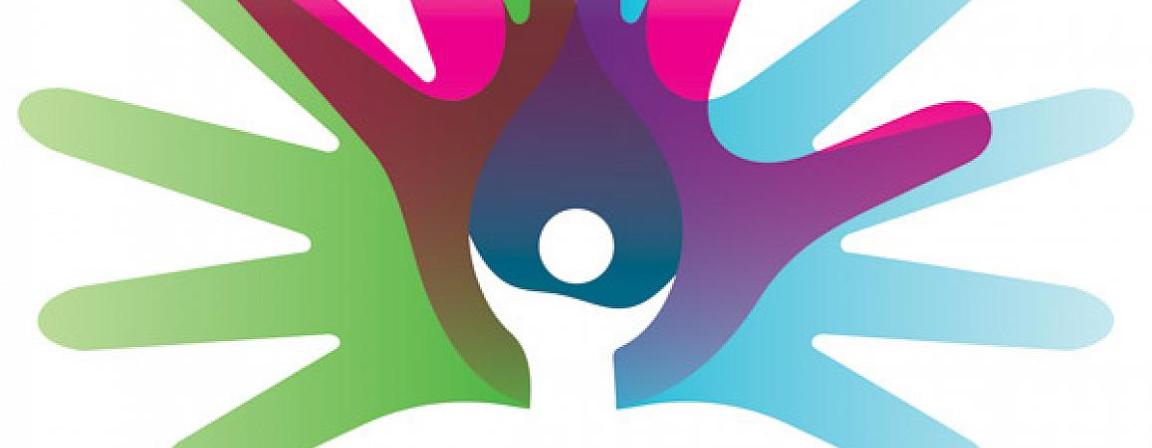Rare diseases must not be a "double punishment"
A contribution signed by Franck Devaux (Ethicist and President of the Ethics Committee at HUDERF, Coordinator of the Rare Diseases Unit at H.U.B) and Prof. Béatrice Gulbis (Director of the Rare Diseases Unit at H.U.B and Co-Coordinator of EuroBloodNet).

LAYLA, A NOT-SO-RARE STORY
Layla is a 17-year-old adolescent. She lives in Belgium with her parents and two younger brothers. But Layla has sickle cell disease, a rare disorder that affects her red blood cells. Layla’s story is an odyssey. First, the diagnosis. Since birth, she seemed to tire quickly and often complained of pain. This led to many remarks, especially at school. So Layla saw doctors—many doctors. She underwent numerous tests, received incorrect diagnoses, and was given inappropriate treatments. It was not until she was eight years old that, thanks to the mother of a friend suffering from the same disease, she found a doctor who could finally name her condition.
Unfortunately, diagnostic and therapeutic wandering is common among patients with rare diseases. On average, it takes five years for a patient to obtain a diagnosis. This waiting period is often prolonged by factors of exclusion and invisibility.
The Role of Age in Medical Injustice
First, there is age. Most rare diseases appear in childhood. Yet, despite its crucial role, pediatrics remains insufficiently recognized and funded. It lacks the same resources and visibility as adult medicine. The development and promotion of expert care, from perinatal health to the transition to adult medicine, remain major challenges in ensuring fair access to care for children. And yet, when treatment is initiated early, it can significantly reduce the impact of the disease on both the child and their family.
Layla did not benefit from screening at birth. Newborn screening for sickle cell disease was only integrated into Belgium’s national screening program in January 2023—and only in the French-speaking region. But that was just the beginning of her struggles.
Adolescence: A Critical Transition
Adolescence brought a new series of challenges. For patients with chronic illnesses, transitioning to adult healthcare is a critical period, often marked by a loss of familiar medical support. The doctors she met were less familiar with her case, her disease, her needs, and her expectations. To them, she was “a new patient.” But for Layla, her illness was nothing new.
The Gender Bias in Medicine
Then comes gender. Unfortunately, numerous studies paint a damning picture: women face greater difficulties in accessing appropriate treatment. This disparity has its origins in a medical system historically centered on a male norm, as evident in anatomy textbooks.
Too often, female patients’ experiences align: their voices go unheard, their vulnerabilities and suffering unrecognized. Many report feeling dismissed—told their symptoms are psychosomatic, related to weight issues, or hormonal imbalances. Due to a lack of training and awareness, this invisibility is accepted without further investigation, leaving potential misdiagnoses unchallenged.
Layla, too, experiences this invisibility, this lack of listening and recognition. She fights against this form of exclusion. She constantly has to remind healthcare providers that while they may have had a few hours of training on her disease, she has lived with it for 17 years. Her pain and fatigue are real. She suffers in her body just as much as in her mind, and the distinction between the two exists only in the way medical specializations categorize her case—without truly seeing or hearing her.
The Weight of Ethnic, Cultural, and Social Origins
Then there are her ethnic, cultural, and social origins. One of the main barriers to accessing adequate and quality healthcare remains, unfortunately, the ethnic and social background of patients with rare diseases. Social inequalities, which deeply affect vulnerable communities, extend into access to healthcare.
Access to information, overcoming language barriers, understanding patients’ cultural and spiritual specificities, and providing social and financial support are often inadequate. Technical jargon used during consultations, diagnoses, and treatments, along with complex administrative procedures, create additional obstacles for Layla and her family.
TOWARD FAIRER AND MORE INCLUSIVE CARE
Today, on Rare Disease Day, Layla’s story reminds us that behind every diagnosis, there is a family, hopes, and struggles. Patients with rare diseases have the right to quality care, "without any distinction of any kind" (excerpt from the Belgian law on patient rights). It is time to put an end to the double punishment they endure. Rare, perhaps—but together, we are many who can build a fairer and more inclusive healthcare system. Many actions can help alleviate this double burden. Recognizing multidisciplinary reference centers, improving the transition to adult healthcare, training healthcare professionals, providing financial aid for free treatment, and supporting research on rare diseases are all ways to ensure that Layla, and countless others, are no longer invisible or excluded.
A guest contribution signed by:
- Franck Devaux – Ethicist and President of the Ethics Committee at HUDERF, Coordinator of the Rare Diseases Unit at H.U.B
- Prof. Béatrice Gulbis – Director of the Rare Diseases Unit at H.U.B and Co-Coordinator of EuroBloodNet